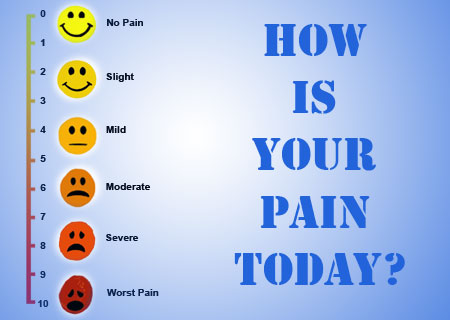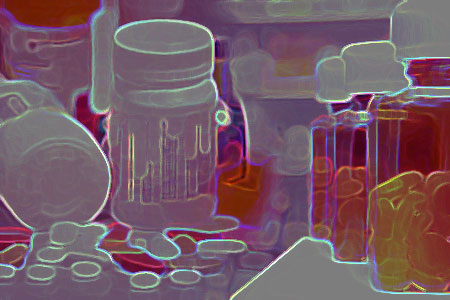All you need to know about pain management is an update on pain as a symptom and the appropriate use of pain medications to alleviate it. First and foremost, it is important to understand what is pain? Pain is a feeling of discomfort that may be felt in any part of the body to varying degrees. It is felt when an area affected by injury or inflammation releases certain chemicals. These chemicals start a cascade of reactions that finally result in the perception of pain.
Importance of pain
Pain is an important signaling mechanism and many times, the only way the body has of alerting the brain about an injury or irregularity. It is therefore of great evolutionary significance.
Commonly encountered pain points
Back pain, headaches and tooth aches have been experienced by all with varying frequencies. We usually pop a pill, sometimes two and try to forget about it. But consider this – back pain could be originating from urinary tract infections, an injured internal organ and even anxiety. Persistent headaches could be migraines or due to tinnitus or even due to potentially fatal brain aneurisms. Pain in the jaw has been associated with heart attacks.
Assessing pain:
If you have seen a few spy movies, you would know that different people have different thresholds for pain and can be trained to withstand very high levels of it. Over time, one can get used to a certain level of pain and learn to ignore it. In some conditions, like neuropathic pain, one can become very sensitive to pain and complain at the slightest discomfort. Various scales for assessing pain are available. As a thumb rule, if the pain is severe enough to interfere with your routine activities, it is time to see a doctor.
Seeing a doctor:
You will agree that the previous two points make a good case for meeting a doctor with mere pain as a symptom. But your job is only half done at this stage. Unlike cholesterol or blood sugar, pain cannot be measured in numbers by tests. So a doctor has to rely on patient’s description of the pain and his/her reflex when the affected area is prodded. Be sure of what you are relating to the doctor and weather it accurately describes everything you have experienced.
Dependence / Habit formation:
As mentioned in our pain medication feature, 5% of all patients prescribed pain medication develop dependence. Add the people who buy these medications OTC (Over the counter/without prescription) and the ones who pop pills just for kicks and have a serious health issue. If you find yourself requiring painkillers for more than 3 days or longing for a painkiller periodically, it is time to see a doctor. Abuse of medication for pain management has been associated with everything from kidney failure to blindness.
A cocktail of drugs:
A recent estimate states that 50% of all antibiotics and painkillers consumed are without sufficient reason. A cocktail of painkillers, antacids and multi-minerals / vitamins has become standard prescribing pattern for nearly all conditions from malaria to general fatigue. After a doctor writes such a prescription once, patients keep on taking the same drugs for the same and even vaguely related conditions. We even force this prescription on friends, relatives, co-workers and acquaintances. This is how indiscriminate use of drugs spreads.
A doctor may have prescribed an antacid anticipating acidity in your case. But this does not mean you or people you force your advice on need an antacid every time you/they consume a painkiller. Use of painkillers is increasing rapidly as doctors see value in the patient feeling normal quicker without any major risk. But this premise holds true on a case-by-case basis and not if you continue to take the drug for every little niggle you encounter.
Choosing the right pill:
We understand it is not feasible to rush to the doctor for every minor ache and pain. As a thumb rule, take a pill matching the severity of the pain following this order of safety and efficacy listed below in the drug-brand pair respectively:
This list, recommended by the American Heart Association can be read in detail in this post. Strictly speaking, only Paracetamol out of this list is available without prescription in India. All the other drugs on this list are scheduled drugs, i.e. to be dispensed by chemist and consumed by patient strictly on a doctor’s prescription.
Conclusion:
Chances are, you have already consumed most if not all of these painkillers. We spend most of our days slouched in front of backlit screens: TVs, laptops, mobiles, tablets. Incidence of headaches and backaches is only going to increase. So it use and abuse of pain medication. The least we can do is choose the safer option first. The aim of our write-up on pain management is to get you thinking in this direction.
– Punit Pania


